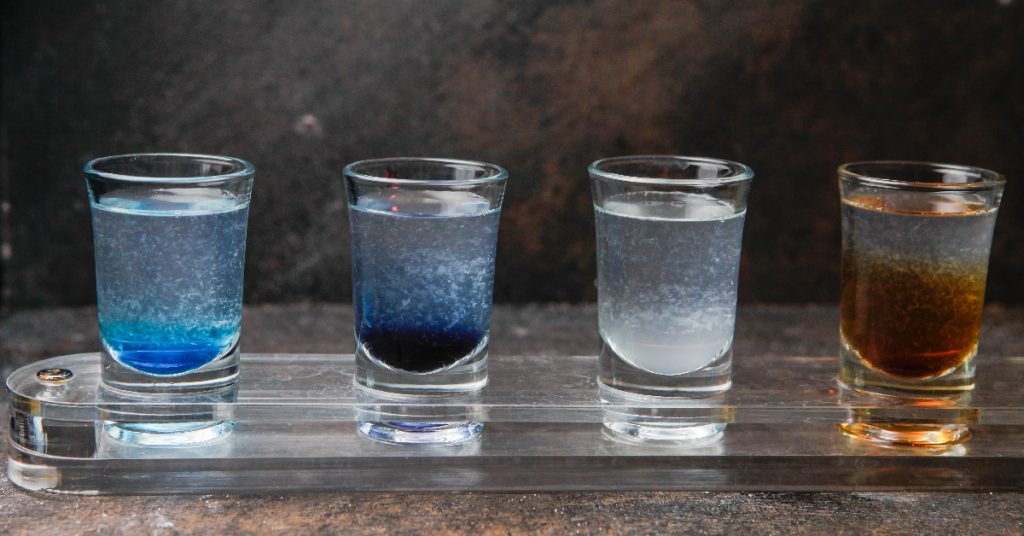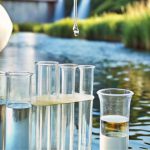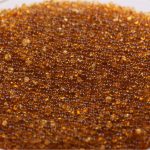Water is essential to life, but its quality can significantly impact our health and well-being. One of the key indicators of water quality is the concentration of Total Dissolved Solids (TDS). Understanding what total dissolved solids in water are and how they influence water quality is crucial, whether you’re consuming it directly or using it for industrial and domestic purposes.
Table of Contents
Toggle- What are Total Dissolved Solids in Water?
- Total Dissolved Solids in Water Limit: Why It Matters?
- Effects of High Total Dissolved Solids in Drinking Water
- Acceptable Ranges and Permissible Limits of Total Dissolved Solids in Drinking Water
- Common Sources of Total Dissolved Solids in Water
- Role of Ion Exchange in Ensuring Optimal TDS Levels
- Conclusion
What are Total Dissolved Solids in Water?
Total dissolved solids in water refer to the combined content of all inorganic and organic substances that are dissolved in a liquid. These can include minerals, salts, metals, cations, and anions such as calcium, magnesium, sodium, potassium, bicarbonates, chlorides, and sulfates. These substances originate from natural sources, including rock erosion, agricultural runoff, sewage, and industrial wastewater. Some amount of dissolved solids is normal and even beneficial. However, when the concentration exceeds a certain threshold, it can lead to undesirable effects on water taste, safety, and usability.
Total Dissolved Solids in Water Limit: Why It Matters?
The total dissolved solids limit in water is a significant quality parameter because it directly affects the taste, appearance, and safety of the water. Water with low TDS levels may taste flat, while excessively high TDS can make it salty, bitter, or metallic, depending on the composition. It can also contribute to scaling in pipes and appliances, interfere with water filtration systems, and pose health risks depending on the substances present.
The permissible limit of total dissolved solids in drinking water is a widely discussed issue for drinking water. As per the Bureau of Indian Standards (BIS), the desirable total dissolved solids limit in drinking water is 500 mg/L. However, in the absence of an alternate source, up to 2,000 mg/L is permissible. The World Health Organization (WHO) suggests a similar benchmark, indicating that water becomes significantly unpalatable and potentially harmful above this range.
Effects of High Total Dissolved Solids in Drinking Water
When total dissolved solids in drinking water exceed the recommended threshold, the effects can be both aesthetic and health-related:
- Taste and Odor: High TDS can result in unpleasant taste and odor, making the water undesirable for consumption.
- Health Concerns: Although not all dissolved solids are harmful, the presence of toxic elements, such as lead, arsenic, or nitrates, can pose serious health risks. Long-term consumption may lead to gastrointestinal issues, kidney stones, or other chronic conditions.
- Scaling and Corrosion: Elevated TDS levels can cause scaling on fixtures, pipes, and water heaters, reducing their lifespan and efficiency.
- Interference with Filtration: High TDS may clog or overwhelm standard filtration systems, rendering them ineffective or leading to frequent replacements.
Acceptable Ranges and Permissible Limits of Total Dissolved Solids in Drinking Water
As mentioned earlier, the total dissolved solids in water limit set by authorities is crucial for determining water’s suitability. Here is a general guideline:
- Less than 300 mg/L – Excellent
- 300–600 mg/L – Good
- 600–900 mg/L – Fair
- 900–1,200 mg/L – Poor
- Above 1,200 mg/L – Unacceptable
These categories help industries, municipalities, and households assess whether their water meets the permissible limit of total dissolved solids in drinking water. If the TDS level is too high, water purification methods such as reverse osmosis (RO), deionization, or distillation may be necessary.
Common Sources of Total Dissolved Solids in Water
- Natural Mineral Springs: Naturally occurring minerals dissolved from surrounding rocks.
- Agricultural Runoff: Fertilizers, pesticides, and herbicides that enter groundwater or surface water.
- Wastewater Discharge: Effluents from households and industries contribute significantly to TDS.
- Urban Runoff: Water flowing over roads and construction sites can carry dissolved solids into municipal water supplies.
Role of Ion Exchange in Ensuring Optimal TDS Levels
Ion Exchange is a global leader in water treatment technologies, offering innovative solutions to monitor and optimize water TDS levels for residential, commercial, and industrial applications.
Ion Exchange specializes in the production of high-purity ion exchange resins specifically designed for purifying potable water. These resins are engineered to have minimal organic leachables, ensuring superior water quality and safety. The versatile applications of these resins include water softening, disinfection, and the removal of contaminants such as nitrate, arsenic, fluoride, iron, and color-causing organic compounds. With a diverse product range that also includes specialty resins, Ion Exchange offers tailored solutions for addressing various water treatment challenges effectively.
With decades of expertise, Ion Exchange helps customers achieve a balanced drinking water TDS level, delivering clean, healthy, and high-quality water.
Conclusion
Understanding what total dissolved solids in water are and how they impact quality is essential for both residential and industrial users. While some dissolved solids are harmless or even beneficial, maintaining them within the recommended limit is vital. The total dissolved solids in water limit serves as a benchmark for safe, palatable, and functional water.
If you’re unsure whether your water meets the permissible limit of total dissolved solids in drinking water, or if you’re looking for tailored treatment solutions, we’re here to help.







